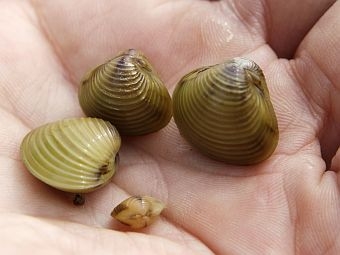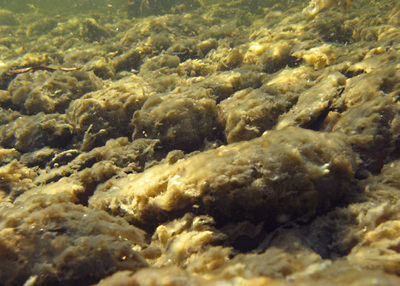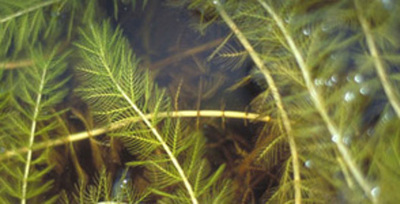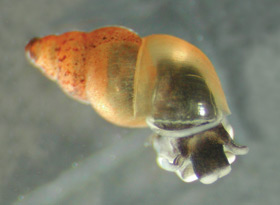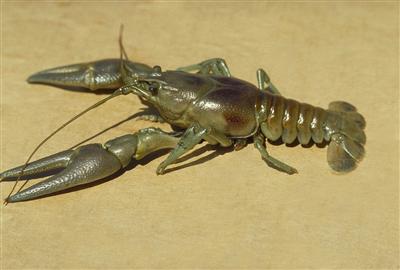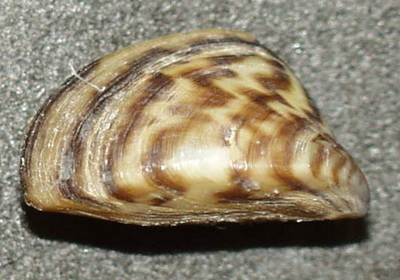Yellow Iris
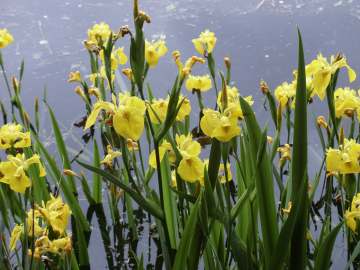
What are they: Yellow Iris is also known as Yellow Flag Iris. These plants are a perennial (meaning they grow back year after year). They grow in clumps along the stream bank. The plants can reach 2-3 feet in height. They have distinctive yellow flowers.
Yellow Iris do produce seeds at each flower, but they also spread with rhizomes. These are thick roots which connect and can break off to form a new plant (look similar to potatoes). The seeds and rhizomes are easily moved by water, and in times of high water the rhizomes can break off to spread down stream.
Yellow Iris produce a sap which tastes bad to herbivores and sickens them if they do eat the iris. This limits predators which will eat the plant. In addition, this sap can produce a rash and skin irritations in humans. Care should be taken when removing Yellow Iris to prevent this rash.
Yellow Iris can survive drying, and being submerged in water. They also can survive a variety of conditions including salt and a lack of oxygen.
Yellow Iris do produce seeds at each flower, but they also spread with rhizomes. These are thick roots which connect and can break off to form a new plant (look similar to potatoes). The seeds and rhizomes are easily moved by water, and in times of high water the rhizomes can break off to spread down stream.
Yellow Iris produce a sap which tastes bad to herbivores and sickens them if they do eat the iris. This limits predators which will eat the plant. In addition, this sap can produce a rash and skin irritations in humans. Care should be taken when removing Yellow Iris to prevent this rash.
Yellow Iris can survive drying, and being submerged in water. They also can survive a variety of conditions including salt and a lack of oxygen.
Where are they native: Yellow Iris are native to Europe, North Africa and most of the Mediterranean.
How are they spread: Yellow Iris were originally brought to the US as an ornamental plant. Unfortunately, the plant is still sold in many garden supply stores.
Where are they currently: Yellow Iris is known to be in many watersheds in PA. There have been no reports of Yellow Iris in the Kettle Creek Watershed, although it might be present and not reported.
How are they spread: Yellow Iris were originally brought to the US as an ornamental plant. Unfortunately, the plant is still sold in many garden supply stores.
Where are they currently: Yellow Iris is known to be in many watersheds in PA. There have been no reports of Yellow Iris in the Kettle Creek Watershed, although it might be present and not reported.
How to prevent them: Never move plants or parts of plants from one area to another. While many other invasive species are impossible to remove from an area Yellow Iris is one species which has been successfully eradicated in areas. This is only done when the invasion is caught early, and successfully treated quickly. For this reason special attention should be taken to spot this invasive early, and act quickly.

